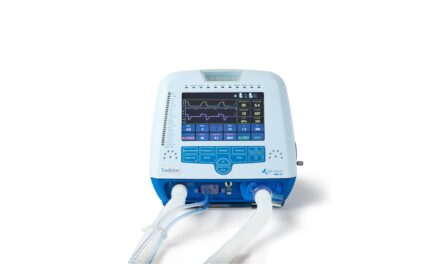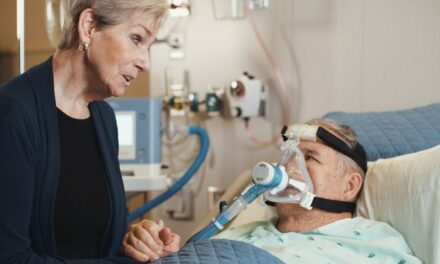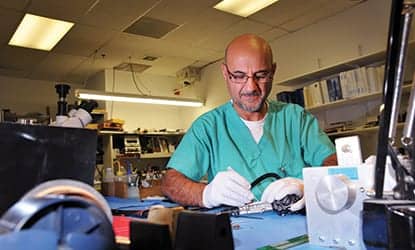Synapse Biomedical, a spin out company from University Hospitals Cleveland Medical Center (UH) and Case Western Reserve University (CWRU), has received U.S. FDA approval for emergency use of its TransAeris Diaphragmatic Pacing Stimulator System to help wean any patient off of a ventilator including COVID-19 patients. Diaphragm pacing has the potential of freeing up ventilators as patients could be moved off of ventilators and placed on the pacing system.
Raymond Onders, MD, a pioneer in diaphragm pacing at UH and CWRU, believes the technology could significantly reduce the amount of time COVID-19 patients spend on ventilators. In general, the TransAeris Diaphragmatic Pacing (DP) functions with temporary small electrodes implanted by minimally invasive surgery to stimulate the diaphragm.
“The ability to decrease the need for mechanical ventilation will allow more ventilator units for other patients at need,” says Onders, who is chief of general and gastrointestinal surgery and the Remen Chair in Surgical Innovation at UH and Professor of Surgery at CWRU. DP was initially developed for patients with spinal cord injuries but has proven effective in helping patients off of ventilators in intensive care units especially for cardiac patients. UH was the first site in the United States for cardiac patients.
“In spinal cord injured patients, we have decreased time on ventilator from 30 to 10 days,” says Onders. “Patients with pneumonias have a significantly decreased amount of ventilator days when DP is used.”
The TransAeris system could reduce ventilator burden in COVID-19 patients by 26%, helping to free up more ventilators in a time of great demand.





